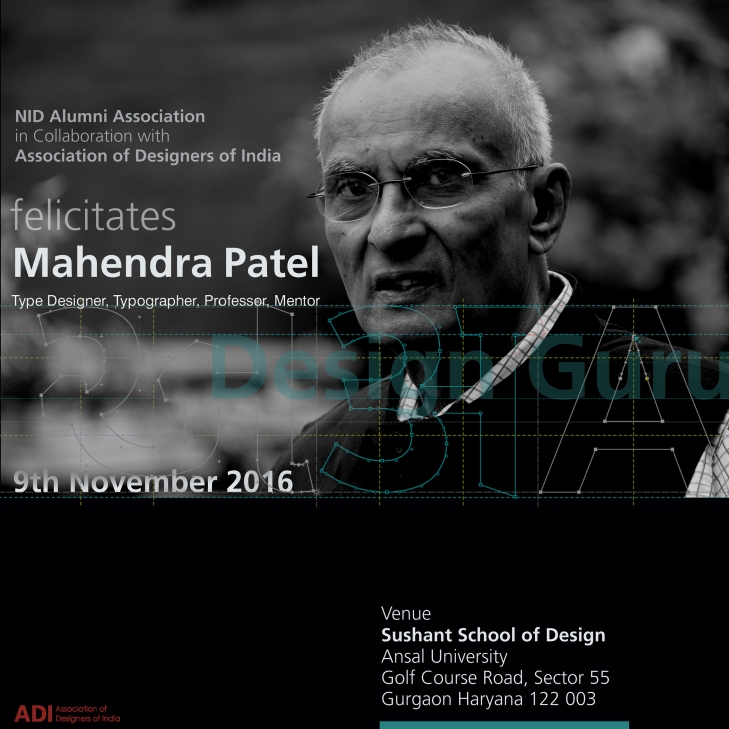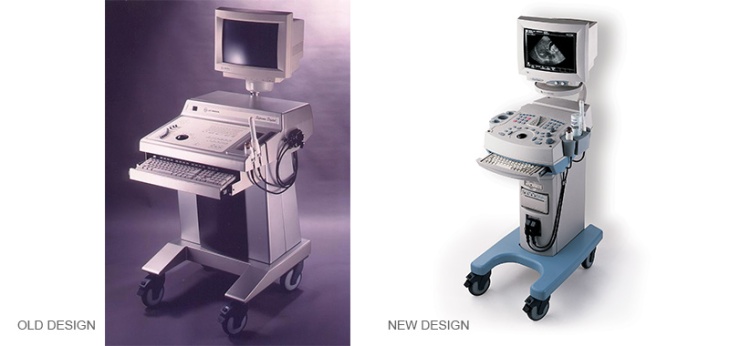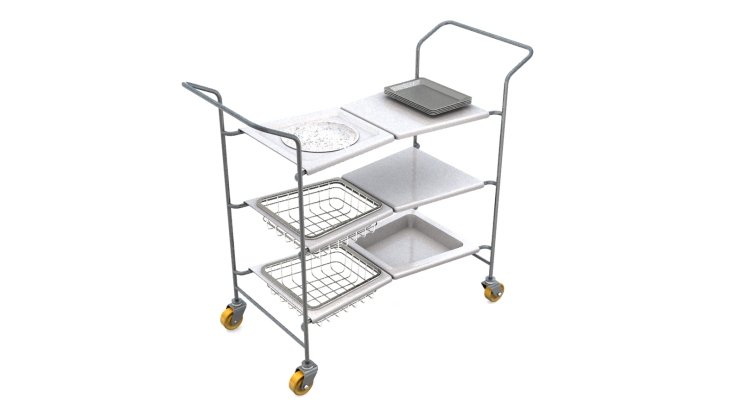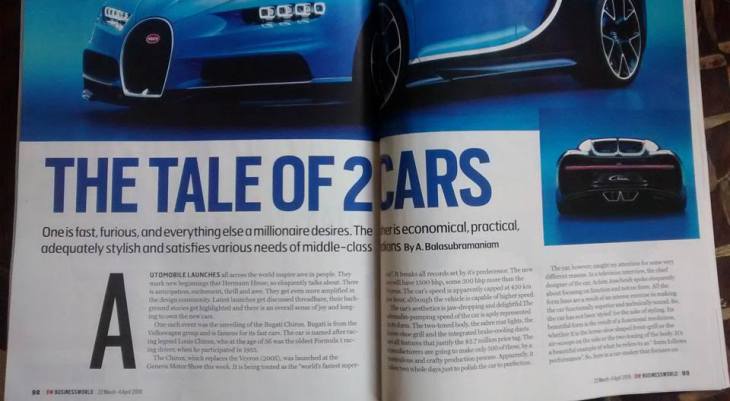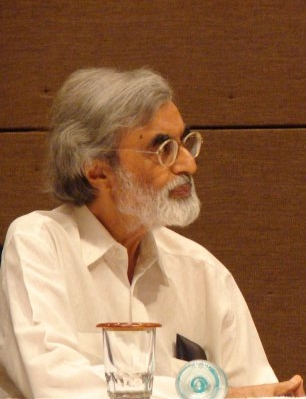We are living in unusual times. The whole world is grappling to fight an invisible virus that seems to have taken over our lives. While writing this, the number of people affected is inching towards a million. While India seems to be better off, the country is a sitting duck for the pandemic: huge population, large uneducated populace, scarce resources and humbling poverty.
Designers in our country are quick to react. Individual efforts and group efforts are being taken to fight the pandemic. From the basic to the complex, products, communication and systems are being quickly developed in India.
While China reportedly built a hospital in ten days, the Indian government turned the idea on it’s head, by designing and developing railway compartments into quarantine centres, thus saving huge infrastructure costs.
While one government department was busy doing this, another department was working with app designers to tackle another problem.
An interaction design team has put together a fantastic app that points to affected people who are in the neighbourhood. Called Arogya Setu, the app connects to the mobile phone of an affected person through bluetooth and warns us. Put together in record time for the government, the designers are constrained to talk about this yet. But the app is available already for people to download, and this is sure to have international impact.
Individual efforts weren’t found wanting either.
Then, there is Bhagvanji Sonagra and Bhavin, two engineers turned Industrial designers who have designed and developed a walk-through disinfecting kiosk that can be installed outside every building. An equivalent of the hand-wash, this unit ensures that one does not carry the infections into new places.
Meanwhile, Paul Sandip, an iconic product designer has developed a low-cost thermal scanner, that is available for manufacture. This will help quickly identify patients with high fever, at a low cost. 
Laudable efforts that will go a long way in fighting Covid-19 Coronavirus. But India needs simplistic solutions too that can make large-scale impact.
Realising how masks are going to be in short-supply, renowned garment designer Anuj Sharma of the famed ‘Button Masala’, decided to teach people to use the now-famed technique, to make masks using the button masala technique. That the police in Jodhpur saw his post and made themselves these low-cost masks, says how simple and effective this design is.
Lakshmi Murthy of Jatan Sansthan, Udaipur has developed basic cloth masks that can be stitched at home and will go a long way in preventing the spread. Developed in rural India, they have also developed the manual to making the masks and has helped the government to prepare a manual.
In a country that believes in frugal design, every little effort counts. Janak Mistry, designer and an academic, has made this simplistic hand glove out of newspaper that can be easily replicated and used by everyone. Simple to make and convenient to use, this would help in keeping the virus at bay.
This is not all. Groups of designers are working towards a systemic way of tackling the problem. Some are busy educating the government. Some are helping the government in putting together communication materials.
Some have worked out an array of solutions that will help in keeping the virus at bay.
I’m sure there are several more examples of design efforts by Indian designers that are flying under the radar.
I have always believed in the Indian Designer’s ability to rise to the challenge. We thrive under these kind of challenges, every day.
I am sure Indian Design can teach the world, a thing or two. To do that, we need to let everyone know about India’s design capabilities.
That will certainly happen, when this post goes viral.







